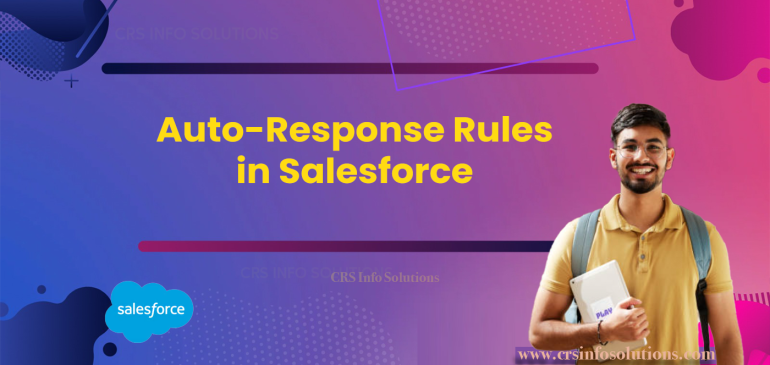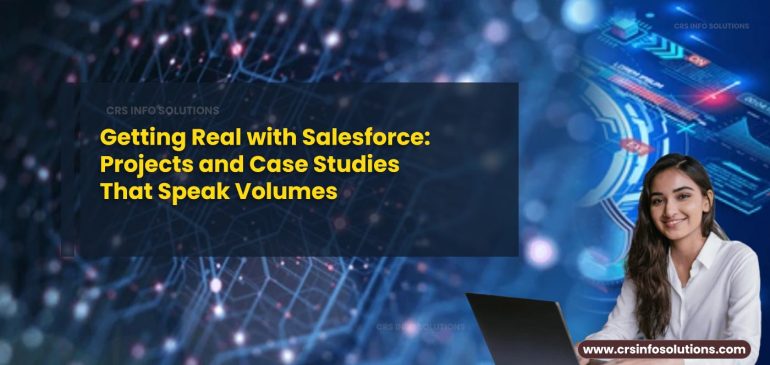Journey Builder in Salesforce Marketing Cloud
Table of Contents Introduction Overview of Salesforce Marketing Cloud Salesforce Marketing Cloud is a powerful digital marketing platform that enables businesses to manage and optimize their marketing efforts across multiple channels. It provides tools for email marketing, mobile messaging, social media management, and advertising, all within a unified platform. The…
Salesforce Configuration with Custom Settings
Table of Contents Custom settings in Salesforce are a versatile feature designed to streamline the management of application data and configuration settings. They function similarly to custom objects, providing a centralized location to store information that can be easily accessed and utilized across the organization. Custom settings allow administrators and…
Salesforce Apex Code Best Practices
Table of Contents When developing on the Salesforce platform, adhering to Apex best practices is crucial for ensuring efficient, maintainable, and scalable code. Salesforce Apex best practices such as bulkifying Apex code, avoiding SOQL and DML inside loops, and optimizing queries are essential for performance. Following Apex best practices like…
Salesforce Data Architect Interview Questions with Answers
Table of Contents Preparing for a Salesforce Data Architect interview can be a challenging yet rewarding experience, as it involves a deep understanding of data management, integration, and architecture within the Salesforce ecosystem. This role requires not only technical expertise but also strategic thinking to design and implement scalable data…
What are Auto-Response Rules in Salesforce?
Table of Contents In today’s fast-paced business environment, ensuring prompt and efficient communication with customers is paramount. Auto-response rules in Salesforce offer a powerful way to automate initial responses to customer inquiries, providing immediate acknowledgment and useful information. This comprehensive guide covers everything you need to know about understanding, implementing,…
Getting Real with Salesforce: Projects and Case Studies That Speak Volumes
Table of contents Salesforce trailblazers! Ready to get your hands dirty with some real-world Salesforce projects and case studies? It’s like stepping out of the classroom and into the big leagues where theory meets practice, and ideas turn into action. First up, let’s talk about the importance of hands-on projects….
Synchronous vs. Asynchronous Apex
Table of contents Synchronous and asynchronous Apex are two key execution modes in Salesforce that cater to different operational needs and use cases. Synchronous Apex executes immediately in a single thread, making it ideal for real-time processing where the result is needed instantly. This mode is commonly used in triggers,…
WhoId and WhatId in Salesforce
Table of contents WhoId in Salesforce The WhoId field in Salesforce is used to associate an activity (such as a task or event) with a contact or lead. It is a polymorphic field, meaning it can reference different types of objects. Specifically, WhoId can point to records from the Contact…
Change Sets in Salesforce
Table of contents Change sets in Salesforce are a powerful deployment tool that facilitates the transfer of customizations between Salesforce environments. They allow administrators to package components and configurations from a source organization and deploy them to a target organization seamlessly. Change sets are particularly useful for maintaining consistency across…
Salesforce Apex Testing Best Practices
Table of contents Introduction to Salesforce Apex Testing Salesforce Apex testing is a critical practice within the Salesforce development ecosystem aimed at ensuring the quality and reliability of Apex code. Apex, Salesforce’s proprietary programming language, allows developers to create custom business logic and integrate with Salesforce data. Testing Apex code…











